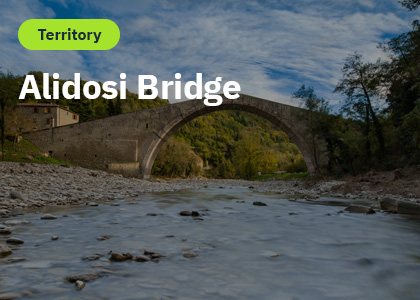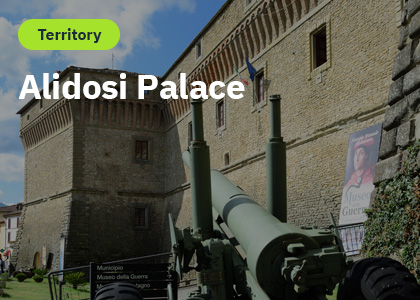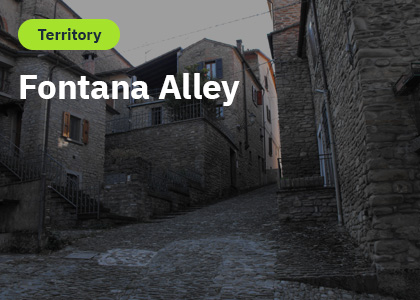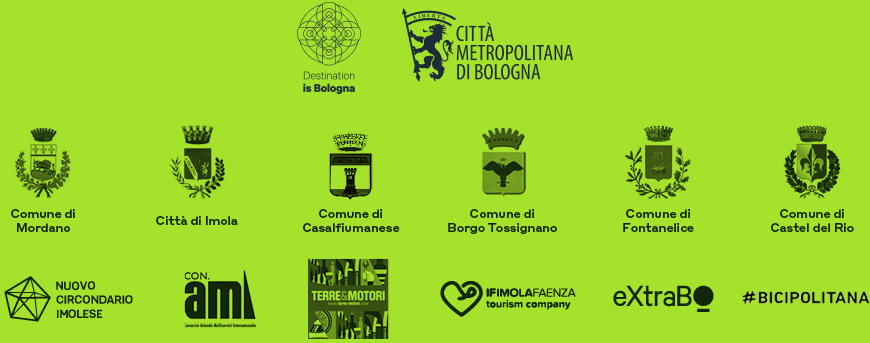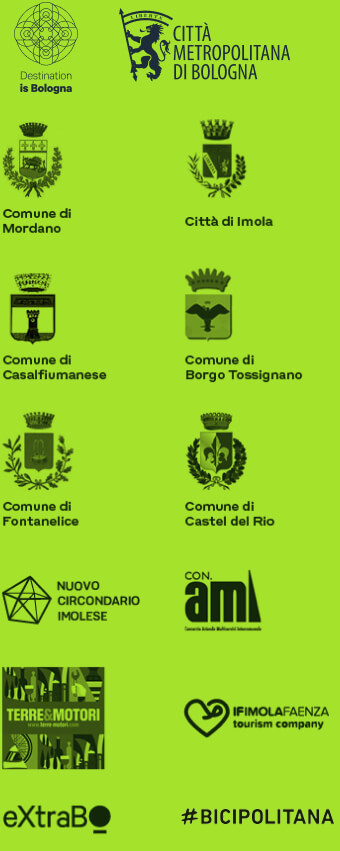A bit of history
People first settled in this area, in the hills overlooking modern-day Castel del Rio, in the 7th century when families from the Po Valley took refuge from barbarian invaders and the plague. The 10th century saw the construction of the Cantagallo castle, probably intended as a defence against the Hungarian advance through Romagna.
The history of Castel del Rio was later shaped by the Alidosi family who ruled these lands for over four centuries (from 1209 to 1638), sometimes diligently, sometimes slyly, through alternating times of wealth and poverty. Then called Massa di Sant’Ambrogio, the feud was granted to the Alidosi in 1209 by imperial privilege. The family produced several high-ranking officials such as Riccardo, ‘captain of the people’, magistrate of Florence and later a senator in Rome; Francis, cardinal and trusted servant of Pope Julius II, who appointed him Treasurer of the Church. Ambassador and papal legate to Bologna, Francis would be betrayed and killed by the Duke of Urbino; lastly, Obizzo was a lawyer, governor of Ravenna, Cervia, Bertinoro and Cesena and the man who had the Alidosi bridge built.
The Alidosi family, Castel del Rio and the Republic of Florence were bound by close ties. The Republic, in exchange for protection, demanded that the Alidosi’s coat of arms depict a lily on the breast of a griffin. That lily remains on the Municipality’s coat of arms to this day.
The Alidosi bequeathed a lasting cultural heritage as exemplified by monuments such as the family-named Palazzo and bridge. In 1638 the Pope’s troops ended the Alidosi’s reign. Castel del Rio remained under papal rule until the unification of Italy, when it was initially part of the Province of Ravenna. In 1894 it passed under the Province of Bologna.
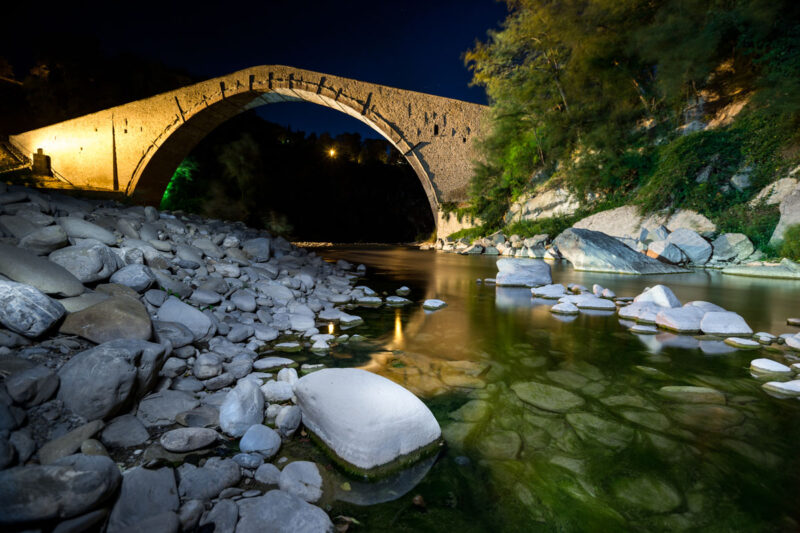
Ponte Alidosi by night, fotografia di M. Maccarelli
The Alidosi bridge and Palazzo Alidosi are the centrepieces of local history.
After visiting the Palazzo, home to the Museo della Guerra e della Linea Gotica (War and Gothic Line Museum), you can continue on foot towards the Alidosi bridge along the suggestive Vicolo della Fontana.

